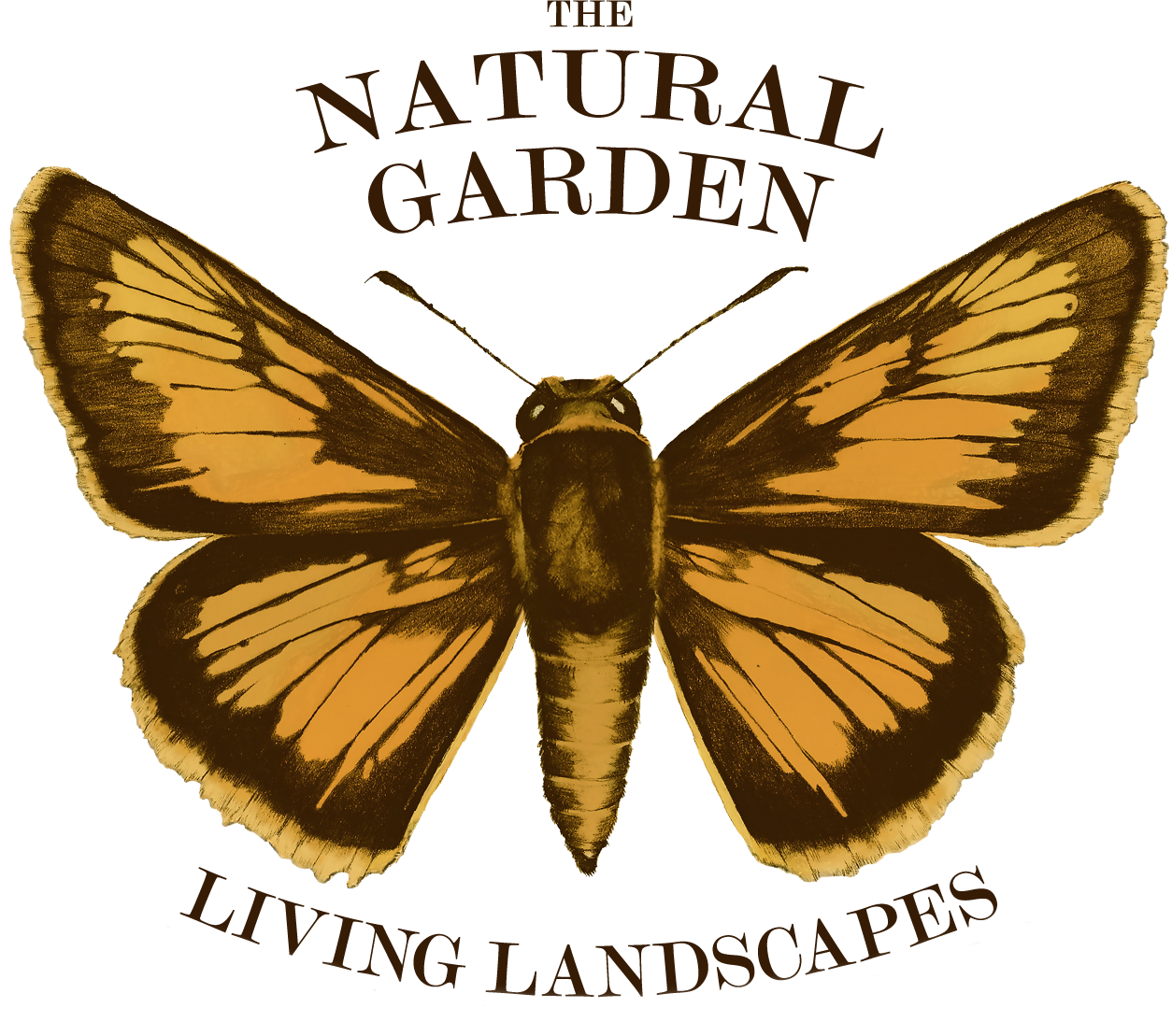
Woodland restoration
The Natural Garden removes exotic invasive species, plants native species, and offers ongoing monitoring and management to increase the biological diversity and health of the native woodland community.
What is an exotic invasive species? These are plants, animals, fungi, and other organisms that arrive from elsewhere in the world, often from human activities, and that outcompete the native plants. Not all exotic (imported) species cause problems—some, such as dandelions, have become naturalized into the ecosystem without harm. But some human-introduced species, such as multiflora rose or ailanthus, have the tendency to take over an area and create a monoculture instead of allowing diversity. Greater plant diversity is important because that is what provides habitat and food for the greatest variety of residents in an ecosystem such as birds, insects, butterflies, and other wildlife. On the other hand, a monoculture species provides comparatively little benefit to others.
Woodland restoration seeks to restore a balance so that more life is able to thrive. One way to restore that balance is by removing harmful invasive plants and planting, instead, more of the native species that have historically existed in this region—those that have co-evolved to benefit a rich diversity of pollinators, soil-building organisms, wildlife, and which improve air and water quality. We use up-to-date expert-recommended practices to remove invasive species and replace them with appropriate native plants.



